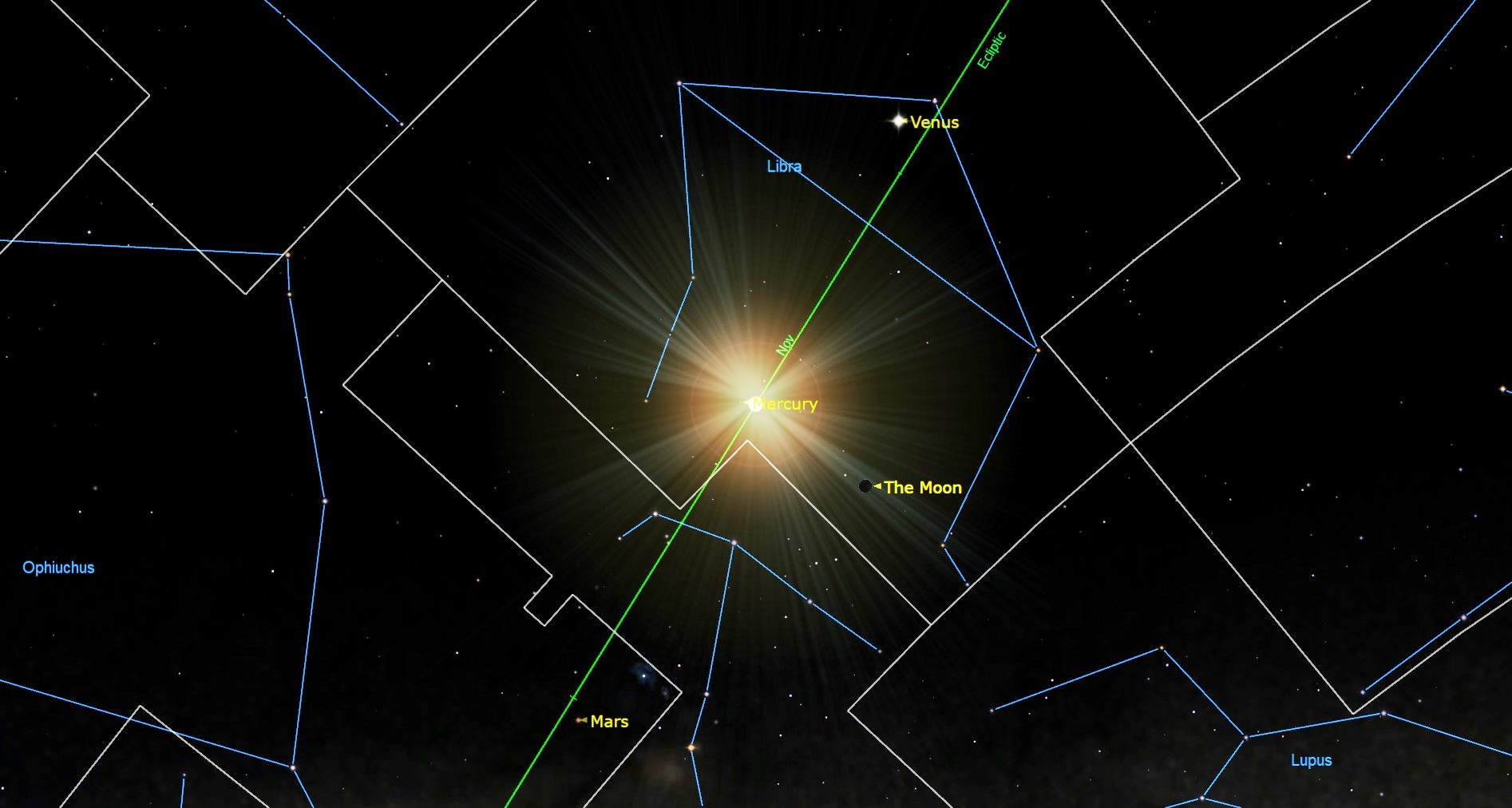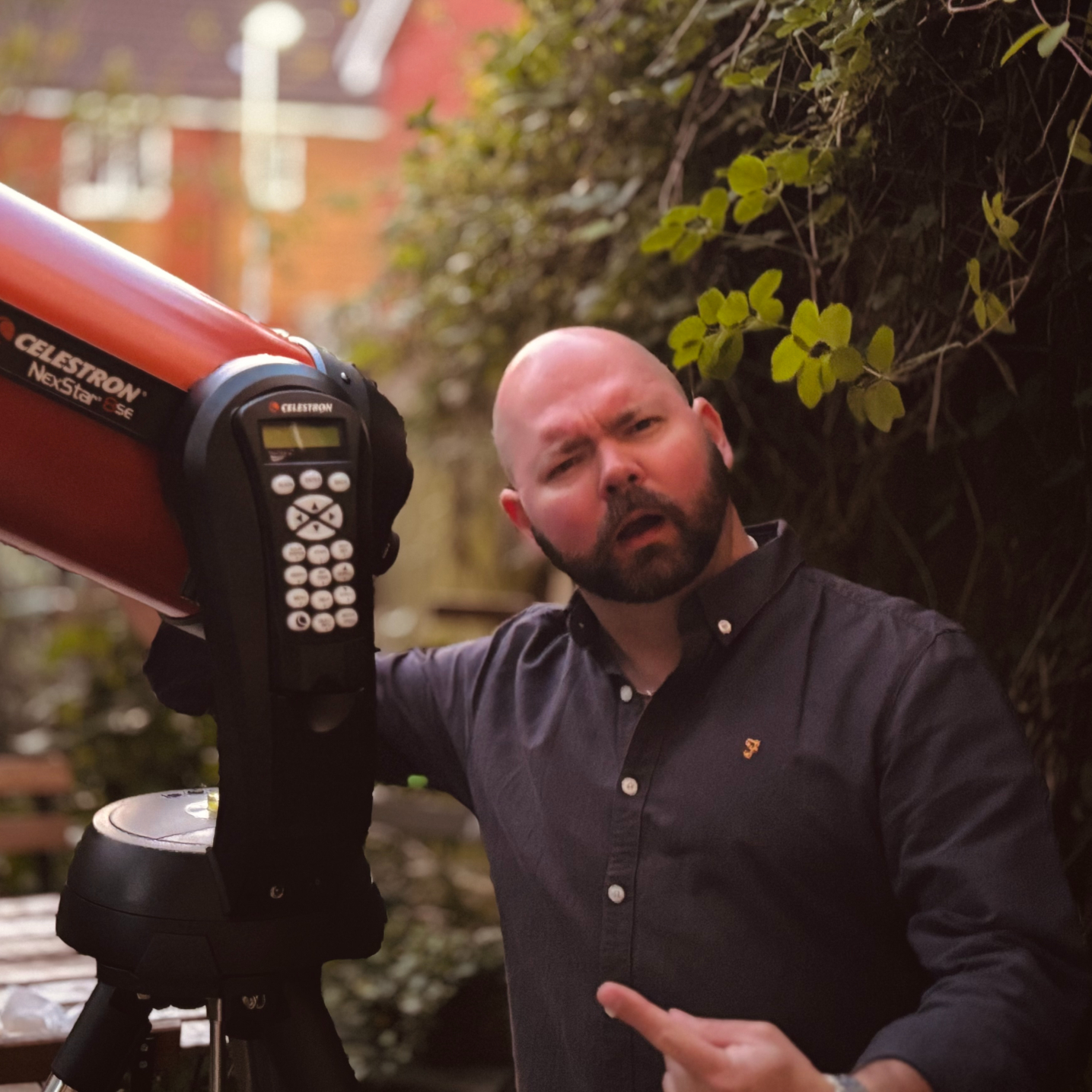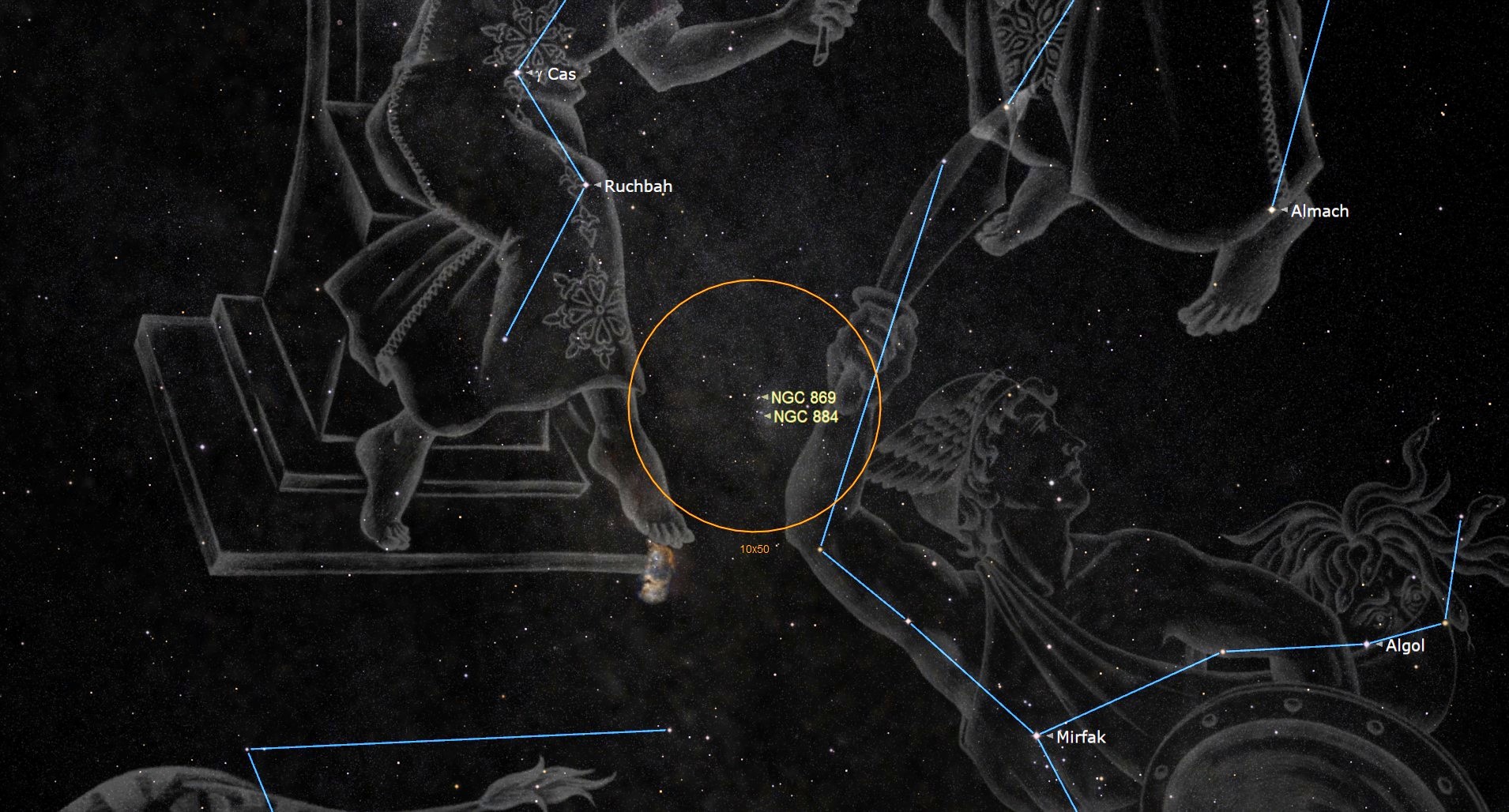The moon is farther from Earth tonight than it will be until 2043
The most distant moon since March 2020 takes to the sky today, but you won't be able to see it.

The sun's gravity will pull the moon farther away from Earth than it's been in over five years on Nov. 19, though it'll be impossible for you to witness the lunar milestone for yourself with the naked eye in Earth's sky.
Each new lunar orbit is subtly different from the last, thanks in part to the overbearing gravitational influence of the sun, which tugs at the moon, forcing it to take an elliptical path around our planet that would appear as a slightly squashed circle if viewed from above. As a result, the Earth-moon distance is in a constant state of constant flux, shifting closer or farther away depending on where it is in its 27-day recurring orbit.
The most distant point in the lunar orbit is known as apogee, while the closest is known to astronomers as perigee. The most exceptional distances occur when the moon, Earth and sun are aligned during a new moon phase. A range of other factors such as the distance between the sun and Earth, or the proximity between a given moon phase and lunar apogee can combine to give rise to a particularly distant moon, known as a "micromoon." During a new moon phase, Earth's natural satellite appears in the daytime sky alongside the sun, so it'll be impossible to see this micromoon take to the skies with your own eyes.
In November 2025, these factors will give rise to an especially remote micromoon, the likes of which won't be experienced again until the year 2043, according to TimeandDate. The moon will reach its most distant point at 9:46 p.m. ET on Nov. 19, (0246 GMT on Nov. 20) when it will be roughly 247,700 miles (398,600 km) from Western Australia — the closest region of Earth's moon-facing surface at that time.
However, the dark nights surrounding the new moon phase present an excellent opportunity to hunt down subtle deep sky objects such as the Perseus Double Cluster, which can be found shining in the eastern sky between the constellations of Casseipeia and Perseus with a pair of 10x50 binoculars.
Looking to upgrade your gear? Then be sure to check out our picks of the top binocular and telescope deals, while photographers should check out our roundups of the best cameras and lenses for capturing the night sky.
Editor's Note: If you would like to share your astrophotography with Space.com's readers, then please send your photo(s), comments, and your name and location to spacephotos@space.com.
Breaking space news, the latest updates on rocket launches, skywatching events and more!

Anthony Wood joined Space.com in April 2025 after contributing articles to outlets including IGN, New Atlas and Gizmodo. He has a passion for the night sky, science, Hideo Kojima, and human space exploration, and can’t wait for the day when astronauts once again set foot on the moon.
You must confirm your public display name before commenting
Please logout and then login again, you will then be prompted to enter your display name.

